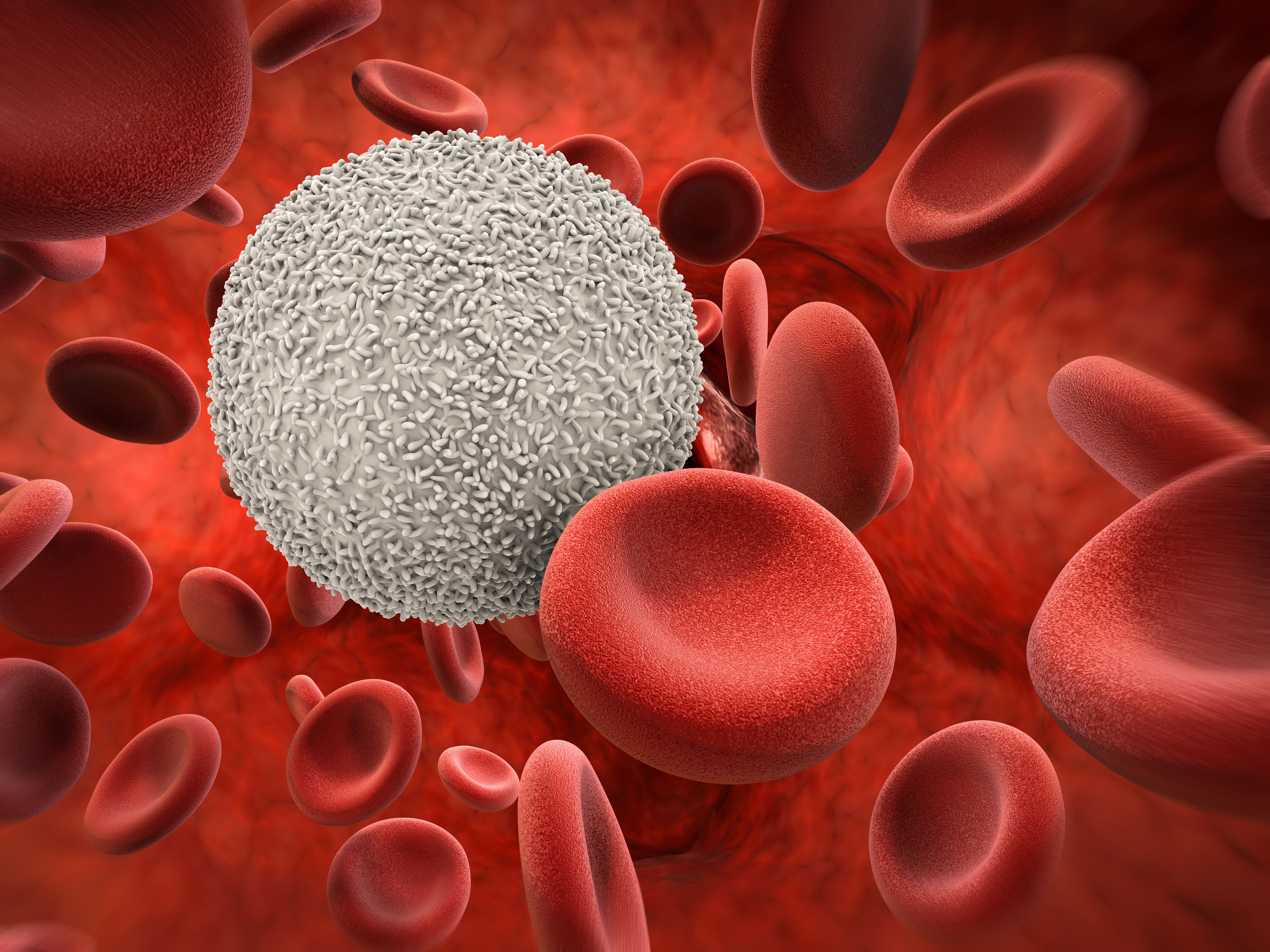Study Evaluates Addition of Selinexor to Ruxolitinib in Patients With Treatment-Naïve Myelofibrosis
Selinexor has been administered in combination with ruxolitinib to the first patient with treatment-naïve myelofibrosis as part of a phase 1/2 clinical trial.
blood cancer

Selinexor (Xpovio) has been administered in combination with ruxolitinib (Jakafi) to the first patient with treatment-naïve myelofibrosis (MF) as part of a phase 1/2 clinical trial (NCT04562389), according to a press release by Karyopham Therapeutics, Inc.
The multicenter, open-label study will investigate the safety and efficacy of the combination in approximately 237 patients with treatment-naïve MF.
“…Far too many patients either do not respond or have short-lived responses to currently available treatment options, making the development of novel drug treatment approaches incredibly important for these diseases," said Sharon Shacham, PhD, MBA, chief scientific officer of Karyopharm, in a statement. "Substantial need remains for continued research into new druggable targets and identifying multiple targets and pathways that have the potential to be inhibited synergistically using combination approaches. We believe Xpovio's oral administration, along with its novel mechanism of action, make it a promising treatment candidate for new, single and synergistic combination regimens across both hematologic and solid tumors."
The study will follow a standard 3 + 3 design by which it will be conducted in 2 parts. Phase 1a will be the dose-escalation portion of the study. During this phase, investigators will seek to determine the maximum tolerated dose of selinexor in combination with ruxolitinib as well as the recommended phase 2 dose, safety, and preliminary efficacy.
Phase 1b will be the dose-expansion portion of the study, during which patients will be treated at the RP2D and a further investigation on the safety and efficacy of selinexor in combination with ruxolitinib will ensue. Finally, in phase 2, patients will be randomized 1:1 to receive either selinexor plus ruxolitinib 15 mg or 20 mg twice daily or an equivalent dose of ruxolitinib alone.
Achievement of spleen volume reduction of at least 35% from baseline is the primary end point of phase 2. The key secondary end points will include safety, the percentage of patients who have a total symptom score reduction of ≥50%, overall survival, anemia response, and objective response rate.
In preclinical studies, nuclear-cytoplasmic transport was found to be vital for the survival of JAK2V61F-mutant HEL cells in vitro. These cells represent a potential therapeutic target for MF. Considering that selinexor has been shown to reduce white blood cells, granulocytes, and spleen GFP+ cells in in vivo models of JAK2V617F-mutant myeloproliferative neoplasms, it was hypothesized that combining the agent with the current standard of care (ruxolitinib) would be beneficial to patients with MF.
Patients with treatment-naïve MF are eligible to enroll in the study if they are 18 years or older with measurable splenomegaly at screening, dynamic international prognostic scoring system risk category of intermediate-1, intermediate-2, or high-risk. And ECOG performance status of 2 or lower, and adequate laboratory values at screening.
Those who had received prior treatment with a JAK inhibitor for MF, or with selinexor or another exportin-1 inhibitor, are ineligible to join the study. The protocol also excludes patients who have an uncontrolled infection within 7 days of the first dose of study treatment, any life-threatening illness, major surgery within 28 days, and if they are pregnant or lactating.
The expected completion date for the phase1/2 study of selinexor combined with ruxolitinib in patients with treatment-naïve MF is November 2023. Patients in California and Utah are currently being recruited at The Oncology Institute of Hope & Innovation, and Huntsman Cancer Institute.
Reference:
Karyopharm announces dosing of first patients in two new company-sponsored clinical studies in melanoma and myelofibrosis. News release. July 28, 2021. Accessed July 28, 2021. https://bit.ly/2ViTOJW